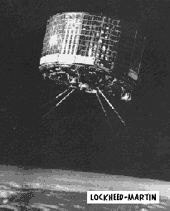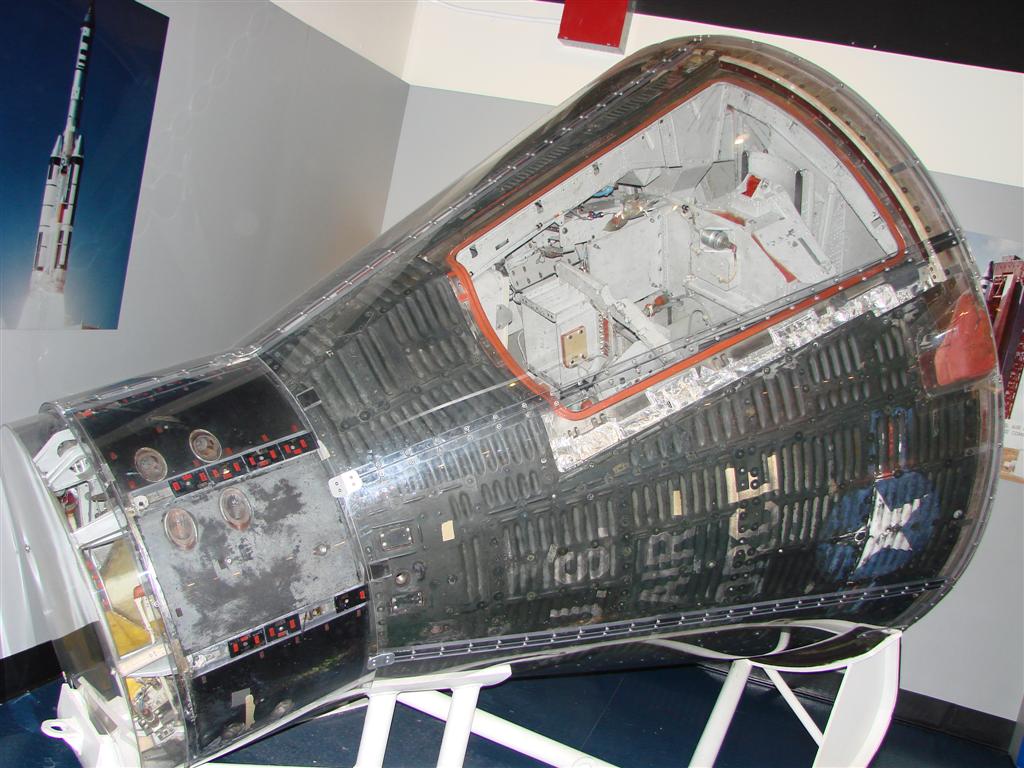How about that State of the Union address? I’ll include my thoughts below, after I cover today’s installment.
If I Were My Own Representative, I would know what I was voting for, because I would READ THE BILL.
Now, I’m no speed reader; if I were, I’d be much more efficient with my slush reading for Baen Books. So it might take me awhile to get through a bill, especially since most legislation is written in terrifically dense prose. But can’t we wait to vote until we’ve all read it?
I’m not usually the smartest person in the room, either, and I’m not a lawyer, so I might have to take a little extra time and consult an expert or two to figure out what a bill REALLY says. And if the bill was written by some lobbyist, as so many bills appear to be these days, it might take a little extra time to figure out. Can’t we wait to vote until we understand it?
How should a Representative vote who hasn’t read and understood a bill? I think, “no.”
Last night the President contrasted saying “no” with showing leadership, a curious stance for someone whose entire campaign was a study in saying “no” to the previous administration’s policies (and, even more curiously, much of whose first year in office continued several of those very practices). But saying “yes” to something we don’t understand seems much worse.
So if I didn’t know what was in a piece of legislation, either because I didn’t have time to consider it thoroughly or because it was so arcane that my puny brain couldn’t comprehend it, I’d vote against it. I suppose I could abstain, or even vote “present,” but it would be much more satisfying to just vote “no” and move on.
[BREAK, BREAK]
Back to the SOTU. I had to watch the speech from home, of course, since I’m not my own Representative. As with many such speeches, it seemed too long, was made even longer by a lot of unnecessary obeisance and calculated exuberance on the part of the listeners, and had less substance than we might hope for. Especially toward the end, when so many little things were tossed in (gays in the military! equal pay!), it began to epitomize the speech about everything which turns out to be a speech about nothing.*
At the risk of being partisan, I’m not as impressed as others seem to be with our President’s oratorical skills — he seemed to stumble through many parts of the speech, to force humor, and often to grasp for applause and affirmation. I was pleased with one aspect of his delivery: I’ve noticed in other addresses that he sometimes appears to be looking down his nose, perhaps because of the angle of or glare on the teleprompters, but that was not a problem last night.
As for the content of the speech, I listened for a simple statement — “The state of our Union is [something].” What I heard was, “Despite our hardships, our Union is strong,” a line so equivocal that it didn’t deserve and indeed came and went without a scintilla of applause. Some of the speech’s content was surprising — support for nuclear power — and some, like his jab at the Supreme Court, was almost shocking. Some was not that surprising at all, given the trend in his oratory to date: I listened to hear more “we” than “I” — and didn’t. Make of that what you will.
Finally, I did not listen to all of the GOP response, because I find myself objecting to the idea that the minority party must mount a response when the words of the President’s address are so fresh. There is plenty of time later to object to the substance of the speech, but especially for the State of the Union, a gracious “thank you, Mr. President” at its conclusion would seem to be enough.
___
*I don’t recall when I first heard the phrase, “a speech about everything is a speech about nothing.” Perhaps I only dreamed hearing it. But if everything is important, then “everything is not” (cf. Sara Groves, “Just One More Thing”) — a point I’ve made a tenet of my speechwriting.



 by
by 
















